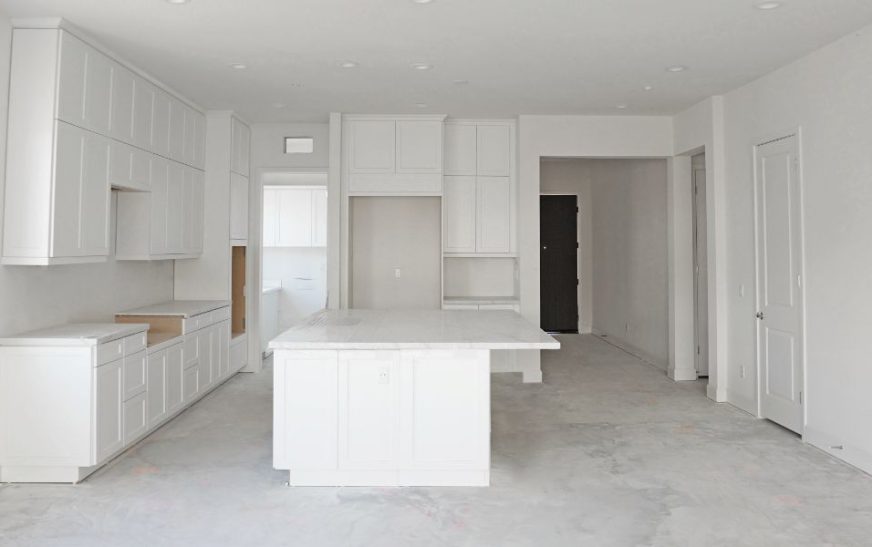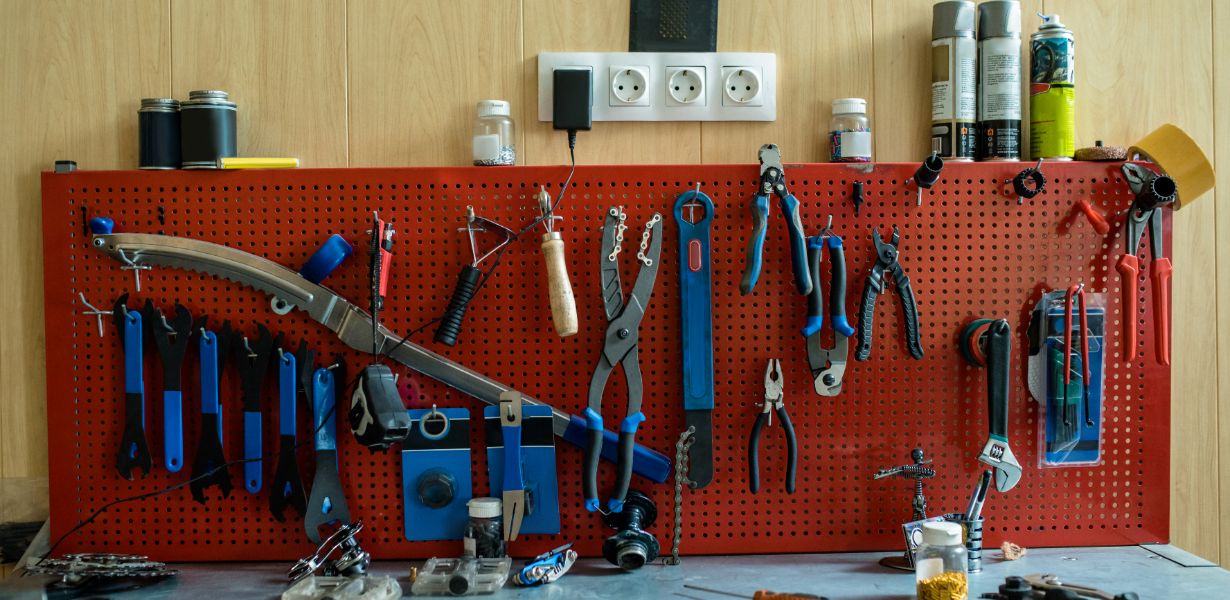In the dynamic landscape of modern design and construction, the concept of Digital Blueprints emerges as a pivotal force, reshaping how we envision and create structures. This comprehensive exploration unveils the nuances of digital blueprints, delving into the realms of renovation, remodeling, and the intriguing question of whether painting can be considered a form of remodeling.
Navigating the Digital Frontier
The term “Digital Blueprints” transcends traditional blueprints on paper. It encapsulates the evolution of design and construction processes into the digital realm, where precision meets innovation.
The Essence of Digital Blueprints
Digital Blueprints are not mere digital representations of physical plans. They embody a paradigm shift in the way we conceive, communicate, and execute construction projects. From 3D modeling to virtual walkthroughs, the digital realm adds a layer of accuracy and efficiency.
Renovation & Remodeling in the Digital Age
Digital Blueprints redefine the landscape of renovation and remodeling. They offer a virtual playground for architects and designers, allowing them to experiment with ideas, foresee challenges, and optimize every square inch of space.
Is Painting Remodeling?
In the context of Digital Blueprints, the definition of remodeling expands. Painting, often considered a cosmetic upgrade, can indeed be a form of remodeling when approached with precision. Digital tools enable us to visualize color schemes and their impact on the overall design.
Precision in Planning: Unveiling the Digital Tools
To truly grasp the significance of Digital Blueprints, we must explore the arsenal of digital tools that architects and designers now wield, transforming the planning phase into a digital symphony of precision.
3D Modeling: Beyond Aesthetics
3D modeling goes beyond creating visually appealing representations. It allows stakeholders to immerse themselves in the project, foreseeing challenges, and making informed decisions. This is the cornerstone of Digital Blueprints.
Virtual Reality Walkthroughs
Digital Blueprints come alive through virtual reality. Stakeholders can virtually walk through spaces, experiencing the design in its entirety. This not only enhances understanding but also minimizes surprises during the physical construction phase.
Augmented Reality in Design
Augmented Reality (AR) integrates digital elements into the real world. Designers can overlay digital blueprints onto physical spaces, offering a real-time view of how the design will fit into the existing environment.
The Intersection of Precision and Efficiency
Digital Blueprints are not just about accuracy; they are about streamlining the entire construction process, from conceptualization to execution.
Optimizing Resources with Digital Efficiency
Digital Blueprints optimize resource allocation. They allow for precise material calculations, reducing waste and promoting sustainability—an aspect integral to the ethos of modern construction.
Real-time Collaboration: Breaking Geographical Barriers
Geographical constraints no longer hinder collaboration. With Digital Blueprints, stakeholders from different corners of the world can collaborate in real time, ensuring a seamless flow of information and ideas.
Final Words
In the realm of Digital Blueprints, precision is not just a virtue; it’s a necessity. It’s the meeting point where creativity merges with accuracy, shaping structures that stand as a testament to the potential of digital design.
Frequently Asked Questions
Q1: How do Digital Blueprints differ from traditional paper blueprints?
Digital Blueprints exist in the digital realm, offering dynamic 3D models, virtual reality walkthroughs, and augmented reality overlays, providing a richer understanding.
Q2: Can painting be considered remodeling in the context of Digital Blueprints?
Yes, Digital Blueprints allow us to visualize the impact of paint on a digital canvas, expanding the definition of remodeling to include precision in color choices.
Q3: What role does 3D modeling play in Digital Blueprints?
3D modeling is foundational to Digital Blueprints, offering a comprehensive view of the project and enabling stakeholders to make informed decisions.
Q4: How does Augmented Reality enhance the design process?
Augmented Reality overlays digital blueprints onto physical spaces, providing a real-time view of how the design integrates with the existing environment.
Q5: How do Digital Blueprints contribute to resource optimization?
Digital Blueprints enable precise material calculations, reducing waste and promoting sustainability by optimizing resource allocation.

















